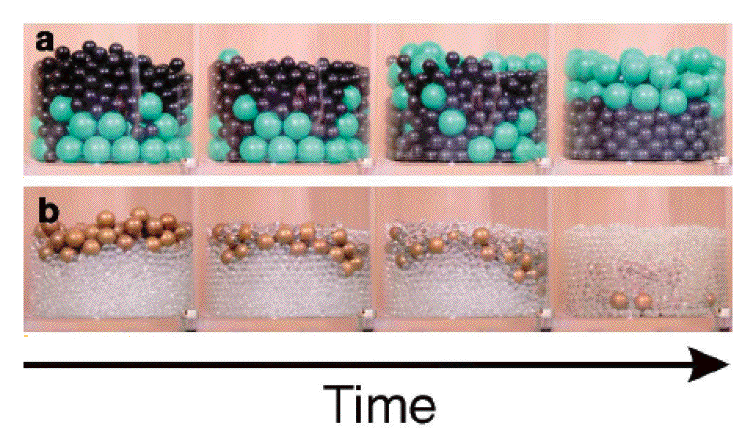Google translation of
press conference pdf - page 17:
"Science of SCI collision experiment: Summary
• SCI collision to S01 area (about 25 m distance) was successful.
• Impact emission (ejector) was observed for several hundred seconds (image taken by DCAM3).
– In low gravity, the duration is longer (about 300 times above the ground).
– Ejector deposition in the S01 area is strongly suggested.
• A nearly circular landform change exceeding 10 m in diameter was identified (ONC-T image).
-Drilling crater shape: Depth about 2-3 m. Side wall surface looks smooth.
-Movement of rock mass (digging) and accompanying topography change can also be seen.
– Changes in surface reflectivity (darkening) can also be observed (verification required).
-It is possible to estimate the surface strength and surface age of Ryugu from the diameter (next page).
• The formation of secondary craters and movement of rock mass can be seen along the oval circumference * .
– It is presumed that it is due to the collision of fragments (forward fragments) scattered forward of SCI.
* Precisely, "the line of intersection of the front piece cone and the long surface at the apex of the SCI operating point"


